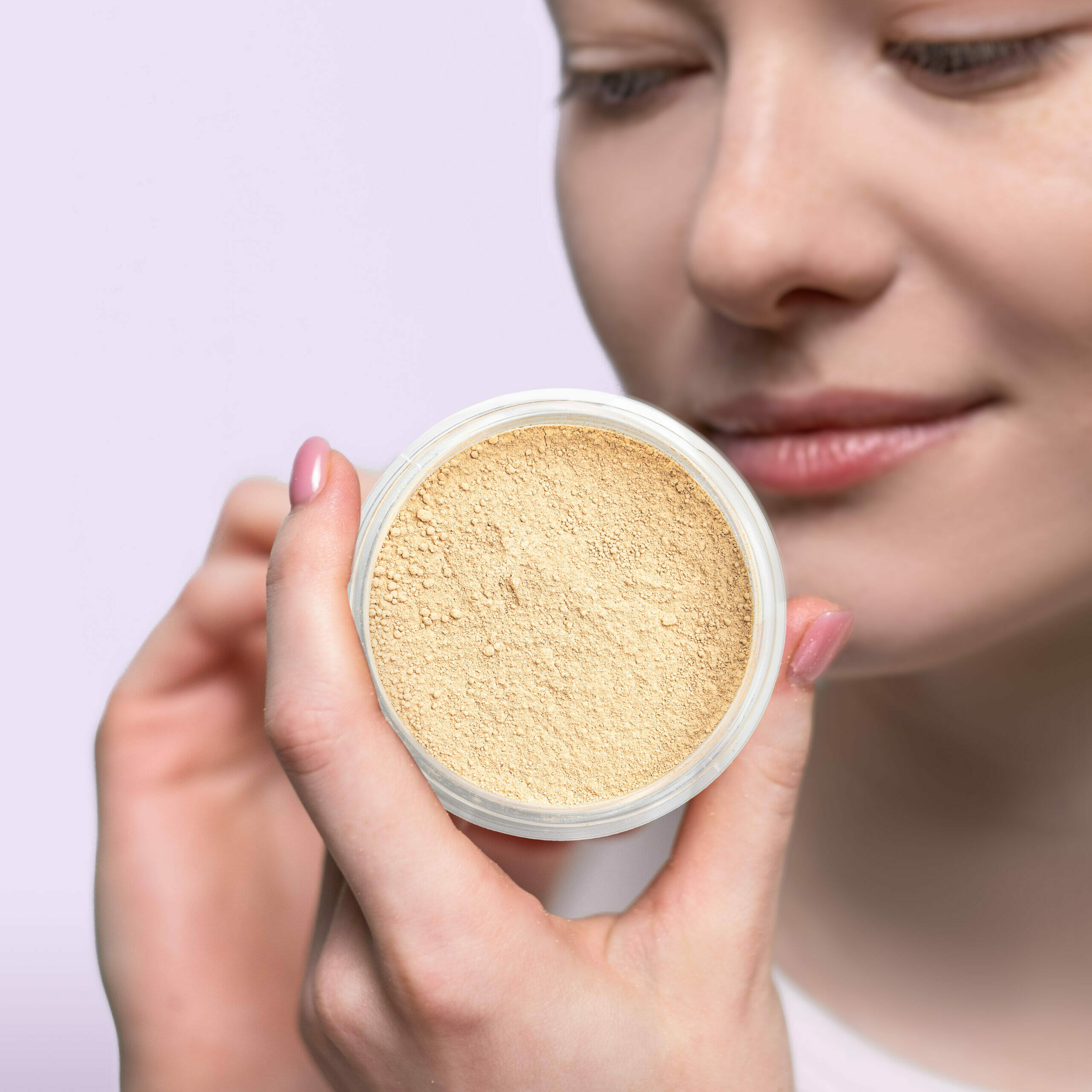
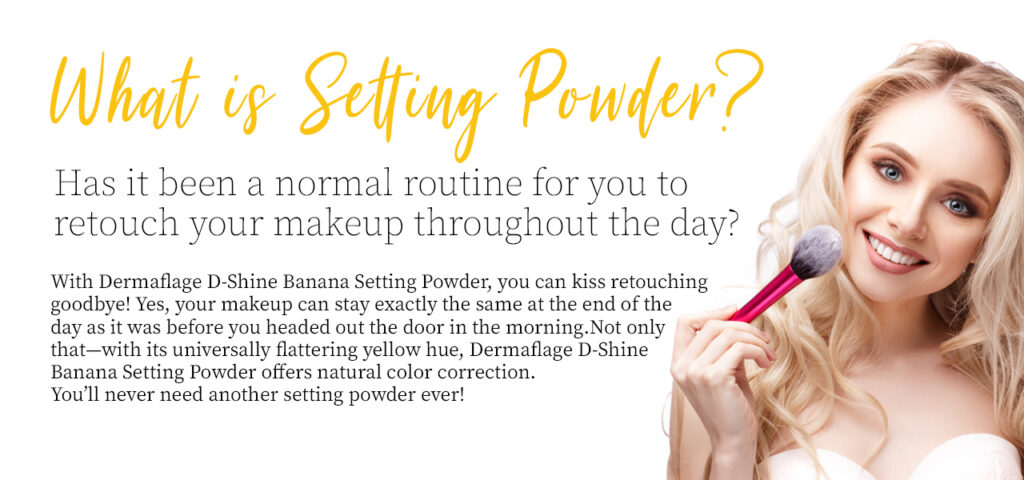
A good makeup routine will make you look like you’re ready to walk the red carpet. But how do you get that makeup to stay in place once it’s on?
The answer: setting powder.
Besides keeping your makeup intact, it makes your skin look and feel better, too, especially if you choose one like the Kardashian favorite, D-Shine Banana Setting Powder. It’s no wonder that even the Kardashians love this one—the golden tint of this product creates a flawless look!
In this guide, we’ll explain what setting powder does to help you decide whether or not you need it in your routine, and give you tips on how to use it correctly to achieve beautiful skin every time. Let’s get started!
What Is Setting Powder?
Setting powder, also called finishing powder or loose setting powder, is an essential addition to any makeup kit, and one you shouldn’t live without!
As the name suggests, this beauty product helps set your foundation, concealer, and contour. The goal is to give your skin a long-lasting matte finish and make sure that your makeup doesn’t “move” throughout the day.
Additionally, it reduces shine on areas that tend to get oily, like the T-zone or around the nose. That’s good news for gals with oily and combination skin as you can look less shiny overall. What’s more, you can count on setting powder to keep the oil at bay even when you’re not wearing any makeup.
Just so we’re clear, setting powder also goes by many other names, such as finishing powder, setting spray, and baking powder (not the one used in the kitchen!), to name a few. But no matter what you call it, it will prove to be one of the most important parts of your makeup collection.
Once you start using it, you might even end up applying it every time you put makeup on to keep your face looking fresh and natural.
What Does Setting Powder Actually Do?
As mentioned above, one of the main functions of setting powder is to set or keep your makeup in place. It helps ensure that your makeup stays where you want it and your look lasts throughout the day.
How is this possible? Well, when you put on setting powder, it creates a barrier between your skin and any product applied on top of it. This helps keep your foundation, concealer, and contour from smudging, running, or rubbing off completely.
Setting powder, when used correctly, can enhance your foundation as well. Applying a layer of translucent setting powder over liquid or cream foundation soaks up any oil to keep it from altering or affecting your makeup.
The result? Smooth skin and a matte finish that lasts all day.
Furthermore, setting powder also makes it possible to have a flawless appearance, regardless of what you’ve got going on in terms of colour and texture. If you’re applying concealer under your eyes, for example, a little bit of setting powder will create an even surface so there aren’t any noticeable lines.
Got some blemishes or redness on your face? Some light dusting of translucent setting powder can help even out your skin tone, making it easier to blend your makeup.
Which Type of Setting Powder Should I Choose?
You have two options: translucent and tinted.
Some brands offer different kinds of setting powder, from translucent ones that go on sheer, to those with more coverage and a matte finish. The best one for you will depend on the kind of look you’re trying to achieve.
For most people, translucent setting powder can be sufficient. This product is usually mineral-based and won’t change your skin tone when applied.
On the other hand, tinted setting powders come in a variety of shades, ranging from peach to yellow. Those who prefer this version usually want it to exactly match their skin tone. As such, it minimizes any unflattering colour differences between the face and neck.
However, if you have dry or sensitive skin, it’s best to stick with the translucent form because many tinted powders contain ingredients that can irritate your skin. One really good choice is D-Shine Banana Setting Powder by Dermaflage because it:
- doesn’t contain parabens, mineral oil, talc, petrolatum, paraffins, gluten, or synthetic fragrances
- is hypoallergenic and tested by certified dermatologists
- isn’t tested on animals and doesn’t contain any animal by-products
If your skin is oily or acne-prone, try using a creamier version of a tinted powder instead. It may help absorb excess oil throughout the day.
When Should I Use Setting Powder?
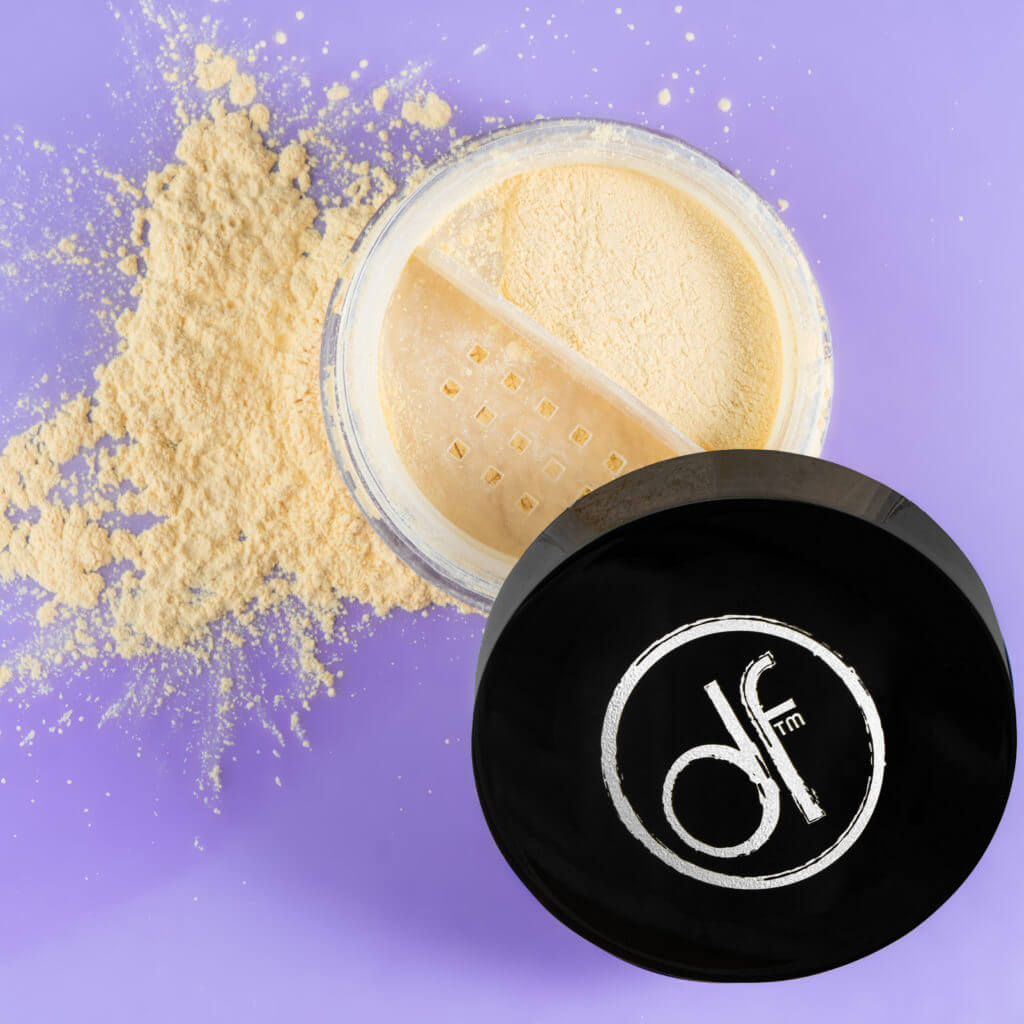
How often you use setting powder greatly depends on your skin type.
If you have oily skin or you live in a region where humid climate dominates, it’s wise to use setting powder daily. However, if you don’t wear makeup that often, you can just apply it whenever you do.
For people with normal skin, you can put it only on your T-zone (forehead, nose and chin) or under your eyes. These are areas that tend to get shiny during the day.
Meanwhile, if you have dry skin, avoid using setting powder entirely because it tends to clog pores and make dry patches look worse.
Finally, for those with combination skin, it would be good to experiment with different methods for different occasions. For instance, when going out for drinks after work one night, dust some translucent powder over your T-zone and blend well so it doesn’t settle into fine lines.
Moreover, if you know your makeup will last all day at work without issue, you can safely skip the setting powder altogether. Your face will thank you later!
Is Setting Powder Necessary?
There are certain instances where using setting powder may not be imperative. As mentioned above, if you’ve known your makeup to stay put all day, then you don’t really need it. However, if it’s an extra humid day, dusting on some translucent setting powder can greatly help you look fresh.
Now, although setting powder is optional, it’s a great step to take if you want to keep your makeup (and skin) looking flawless.
Take D-Shine Banana Setting Powder by Dermaflage as an example. This multitasker does more than set your makeup, control facial oil, and minimize shine. It also hides oversized pores, corrects discolouration, neutralizes redness, and diminishes fine lines.
With D-Shine, you don’t have to worry about your skin getting dry even if you use it often or for prolonged periods. Also, it won’t cake or settle within facial lines.
Moreover, if you’re already a fan of Dermaflage Hollywood Topical Filler, the miraculous scar and wrinkle coverup, you’d be glad to know that D-Shine Banana Setting Powder is its perfect companion!
How To Use Setting Powder
To keep your makeup looking fresh longer with setting powder, here are some general guidelines to follow when applying it:
- After foundation and concealer application
- Before eye shadow application
- Before or after blush application
- After lip colour application
Make sure to assign a brush exclusively for your setting powder.
By the way, a shout out to ladies with oily skin: Setting powder can also replace blotting papers when the weather is not too hot. Yay!
Just in case you’re not familiar with blotting papers, these are small and very thin but highly absorbent papers specially made to soak up facial oil and sweat. They can do the job without you having to remove your makeup.
Final Thoughts
Keeping makeup fresh and flawless the whole day is a challenge most of us face. The trouble doubles when we leave the safe confines of our homes and offices where temperature is controlled. Out there, we’re exposed to sun, wind, and pollution.
Not to mention, it’s an even greater struggle for women with oily skin who must also contend with shiny complexion and running makeup.
For this reason, we’ve long accepted that retouching is a natural part of our daily routine. But, not anymore! Setting powder is truly the game changer we’ve all been waiting for!

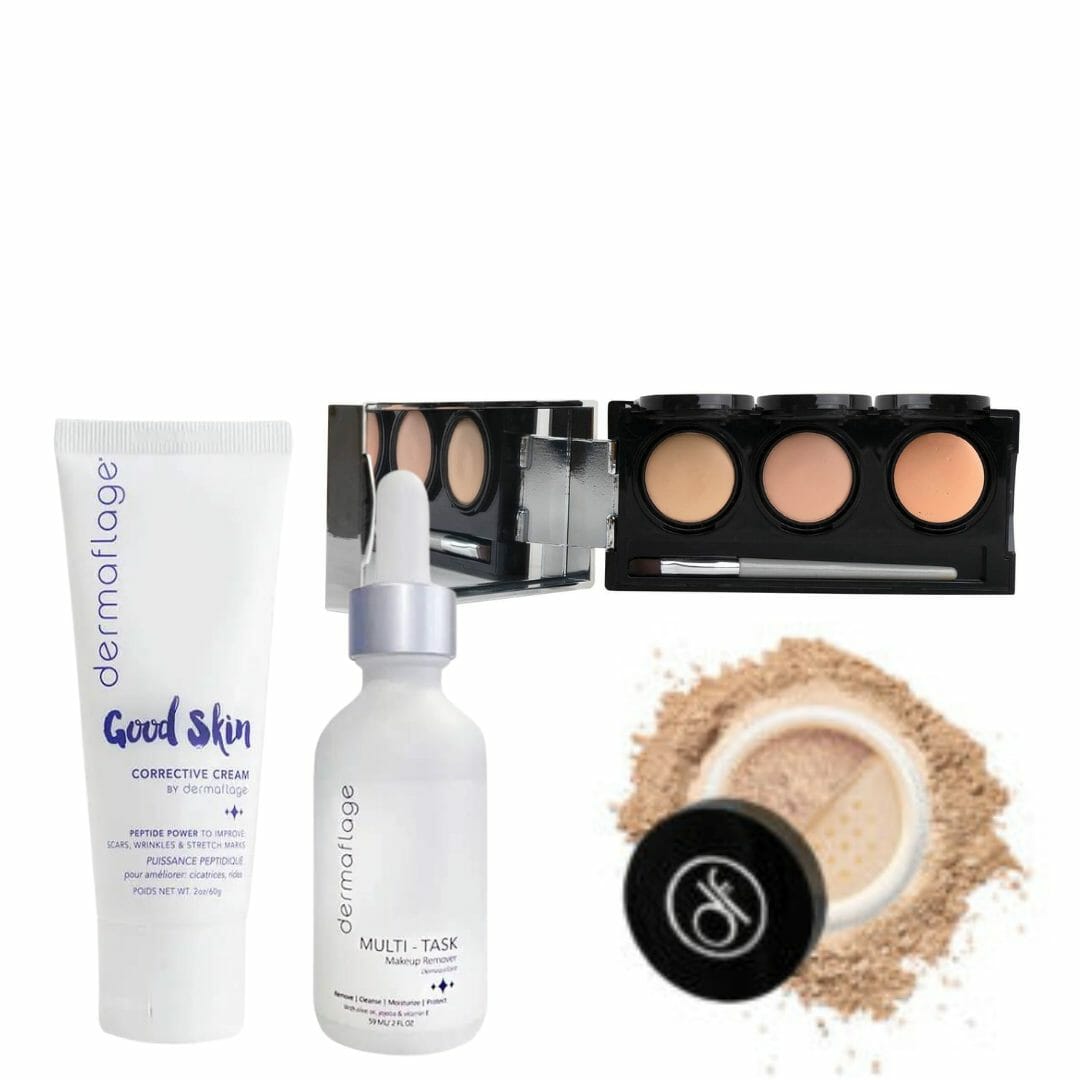
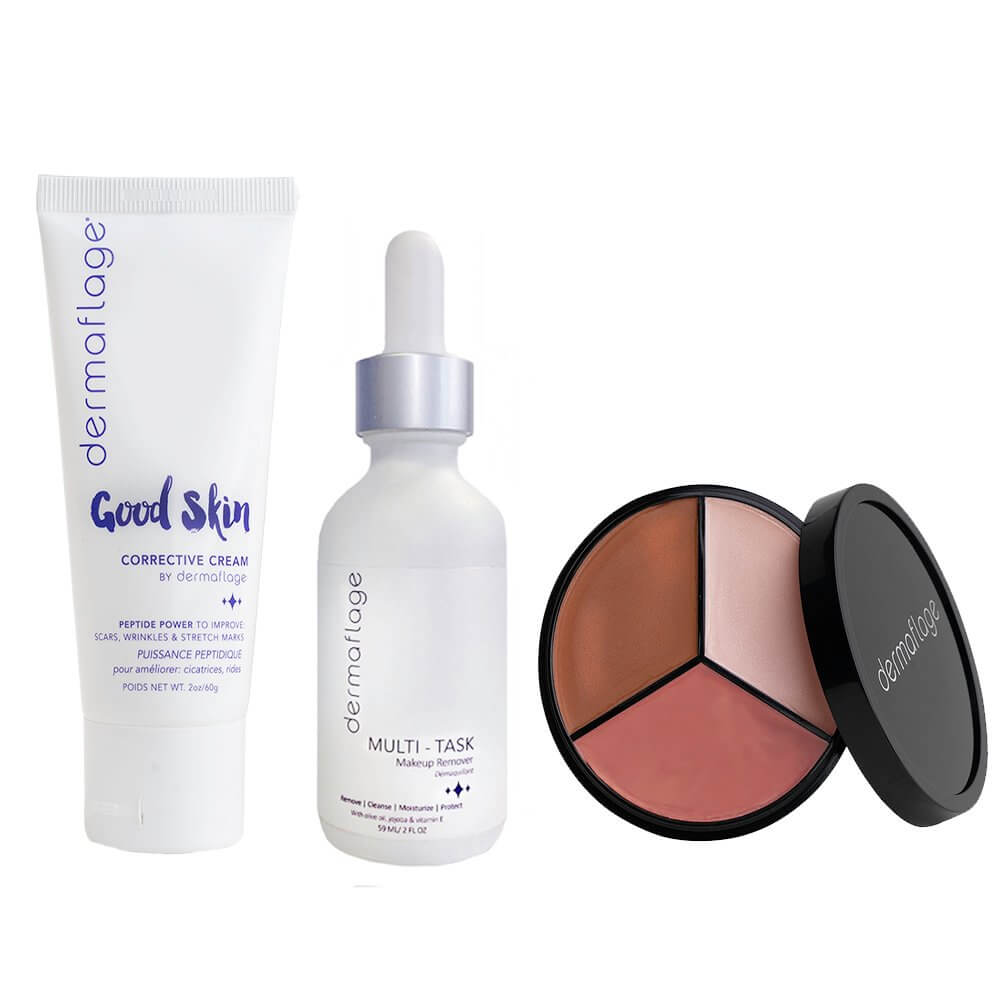

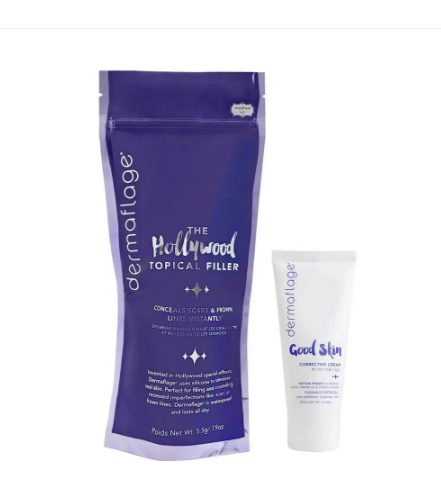


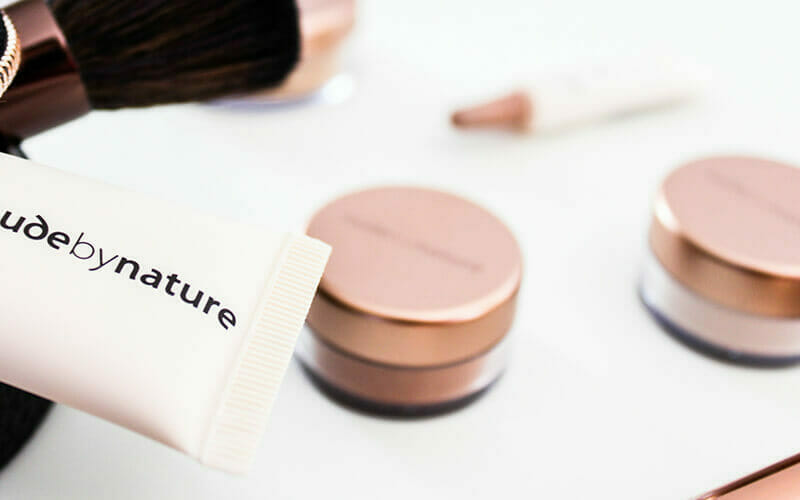

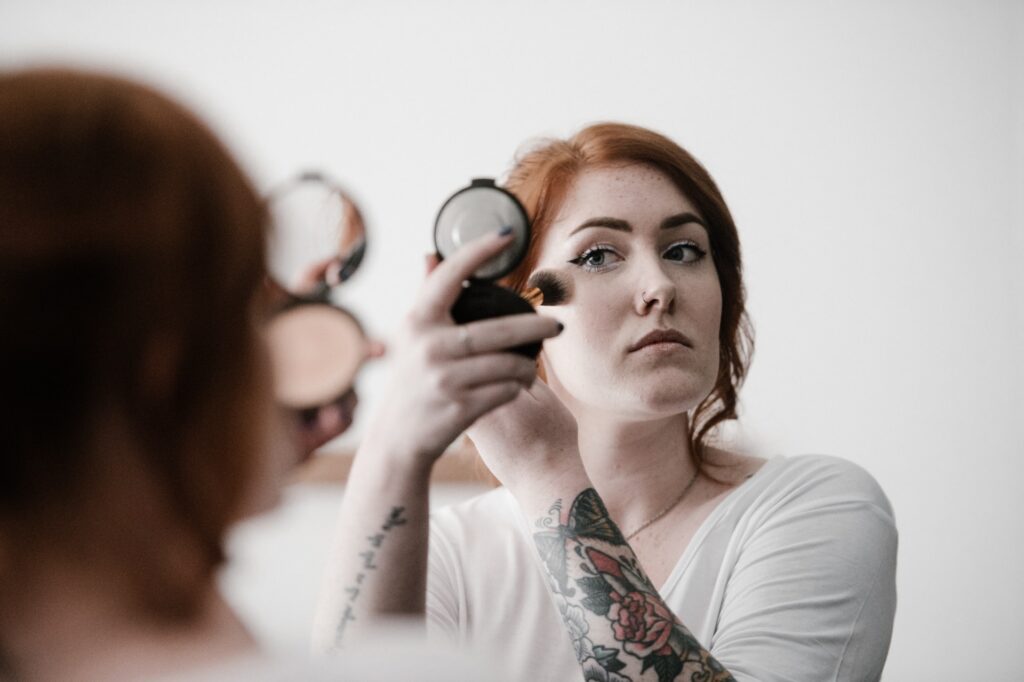

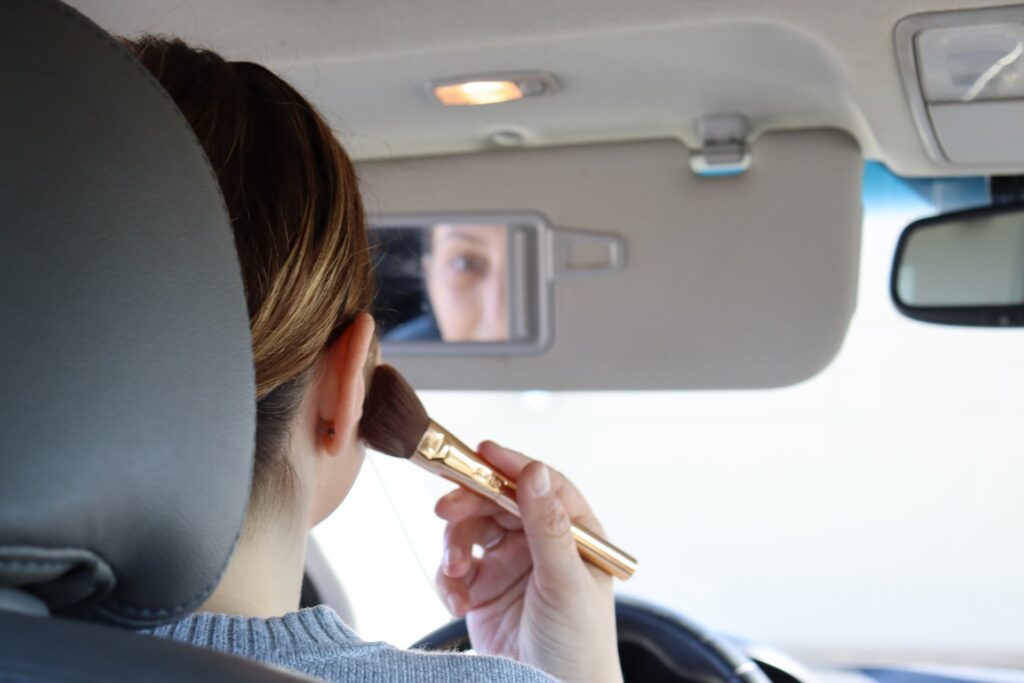



Leave a Reply
You must be logged in to post a comment.